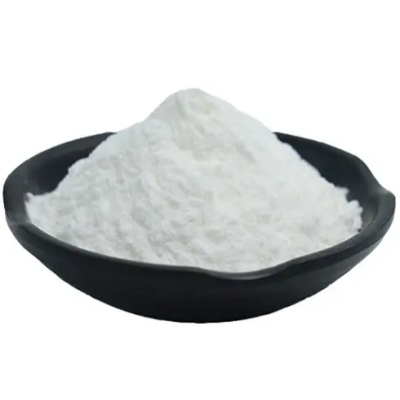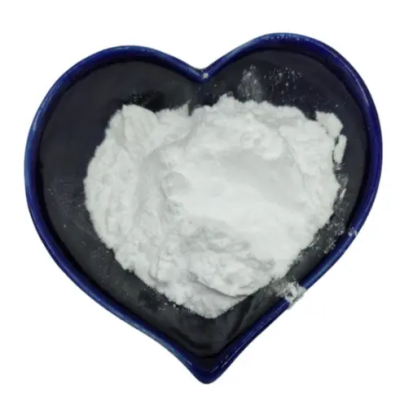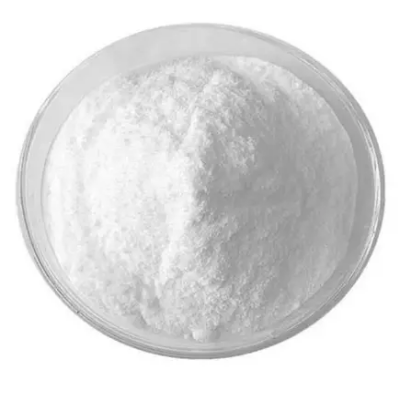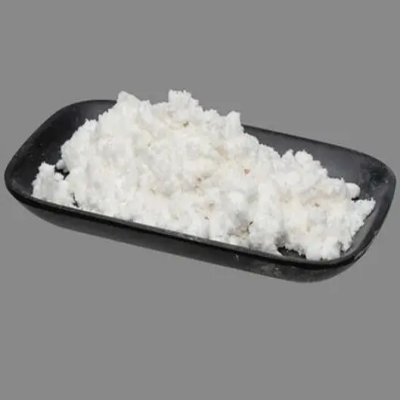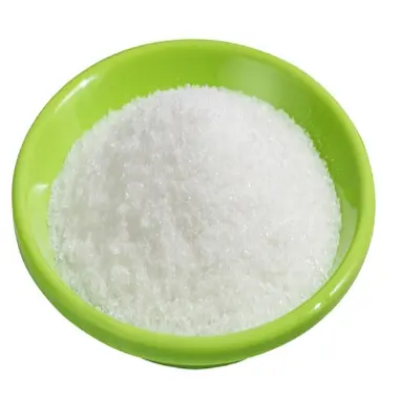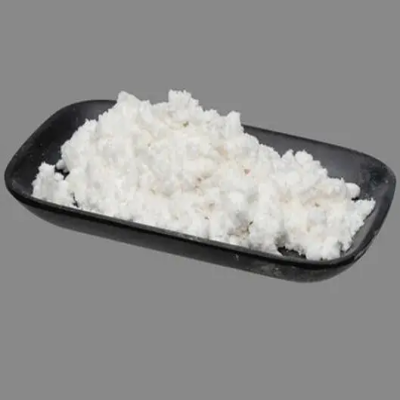2-(chloromethyl)-4-methylquinazoline CAS:109113-72-6
2-(Chloromethyl)-4-methylquinazoline is synthesized through several methods, often starting from appropriate precursors such as 2-amino-4-methylbenzoic acid. The chloromethylation of the quinazoline nucleus is typically achieved using chloromethyl ether or chloromethyl methyl ether in the presence of Lewis acids like aluminum chloride. Alternatively, direct chlorination of 4-methylquinazoline followed by methylation can also yield this compound. Synthetic Routes The synthesis involves several steps: starting with the preparation of 2-amino-4-methylbenzoic acid, followed by cyclization to form the quinazoline ring, and subsequent functionalization with chloromethyl and methyl groups. These steps are crucial in controlling the regioselectivity and overall yield of the final product. Pharmacological Significance Research into the pharmacological properties of 2-(chloromethyl)-4-methylquinazoline reveals its potential as a therapeutic agent. It exhibits promising activities against certain types of cancer cells by inhibiting specific enzymes or signaling pathways critical for their proliferation. Furthermore, its structural modifications can lead to derivatives with improved bioavailability and target specificity. Applications in Medicinal Chemistry In medicinal chemistry, derivatives of 2-(chloromethyl)-4-methylquinazoline serve as valuable scaffolds for designing novel drugs. By modifying substituents on the quinazoline core, researchers can tailor the compound's physicochemical properties and biological activities. This versatility makes it a versatile starting point for developing new pharmaceuticals targeting various diseases. Conclusion 2-(Chloromethyl)-4-methylquinazoline stands out as a significant compound in medicinal chemistry due to its synthesis versatility and potential pharmacological applications. Ongoing research aims to further explore its therapeutic properties and develop derivatives with enhanced efficacy and safety profiles. Understanding its synthesis pathways and pharmacological effects underscores its importance in drug discovery and development. Continued investigation into this compound holds promise for future advancements in therapeutic interventions.



| Composition | C10H9ClN2 |
| Assay | 99% |
| Appearance | white powder |
| CAS No. | 109113-72-6 |
| Packing | Small and bulk |
| Shelf Life | 2 years |
| Storage | Store in cool and dry area |
| Certification | ISO. |




